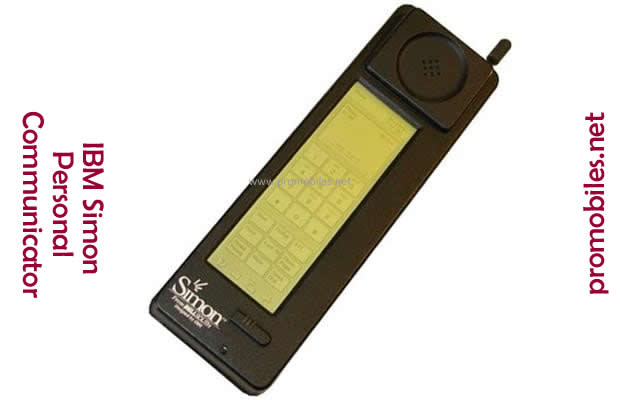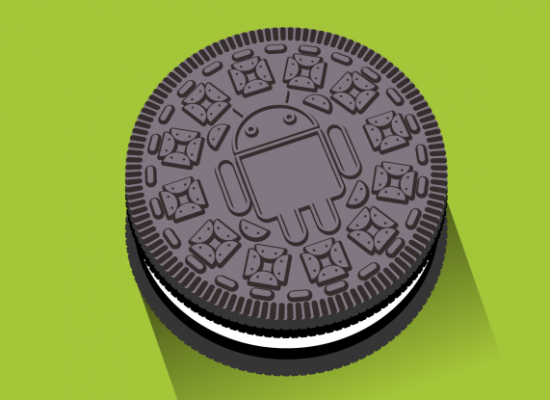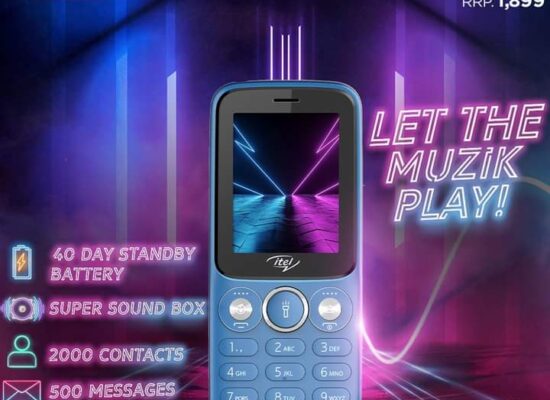| SPECS & Features | |
| What's New? |
The IBM Simon Personal Communicator (simply known as IBM Simon) has the privilege to be the First Smart Phone in the history. IBM Simon was a handheld, touchscreen PDA. It was designed and engineered by International Business Machines Corp. (IBM) and assembled under contract by Mitsubishi Electric Corp. BellSouth Cellular Corp. distributed the Simon Personal Communicator in the United States between August 1994 and February 1995, selling 50,000 units. The Simon Personal Communicator was the first PDA to include telephony features. IBM debuted a prototype device, code named “Angler,” on November 23, 1992 at the COMDEX computer and technology trade show in Las Vegas, Nevada, United States. The Angler prototype combined a mobile phone and PDA into one device, allowing a user to make and receive telephone calls, facsimiles, emails and cellular pages. The final product was named as, “Simon Personal Communicator”in November 1993.BellSouth Cellular initially offered the Simon throughout its 15-state service area for US$899 with a two-year service contract or US$1099 without a contract. Later in the product’s life, BellSouth Cellular reduced the price to US$599 with a two-year contract. BellSouth Cellular sold approximately 50,000 units during the product’s six months on the market.[1] Although the term “smartphone” was not coined until 1995, because of Simon’s features and capabilities, it has been referred to as the first smartphone. Features
Accessories Operating system and applications The Simon was up-gradable and could run third party applications. This was possible either by inserting a PCMCIA card or by downloading an application to the phone’s internal memory.
(Visited 1,026 times, 1 visits today)
|
The first smartphone, IBM Simon









How to make money on the Internet from scratch from $6891 per day: http://www.nuratina.com/go/get1million718724
Fast and Big money on the Internet from $9619 per day: http://riogaruli.tk/u6epq
Real-time crypto price – History crypto, cryptocurrency rate